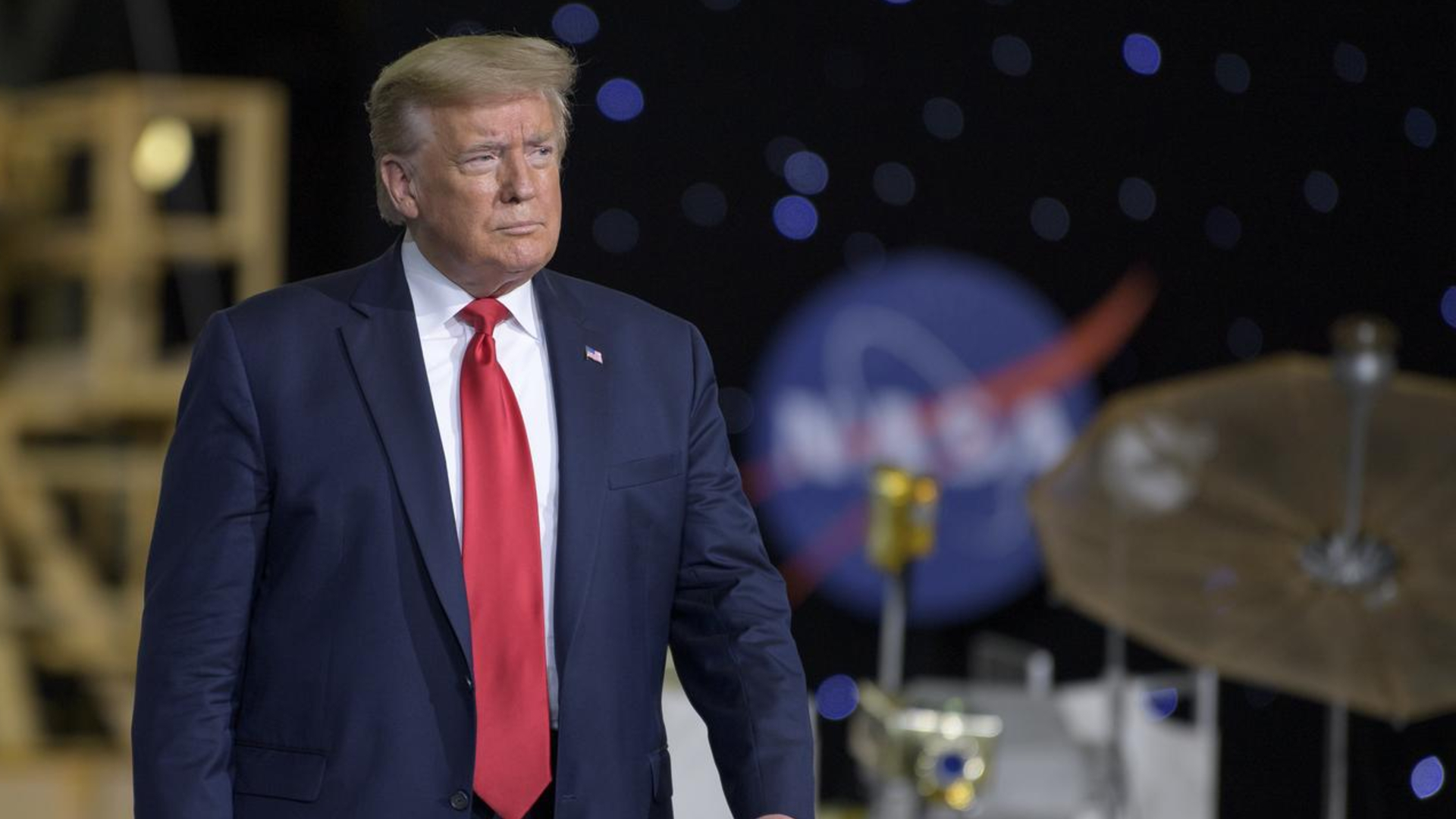'We Explore Because We Are Human': Stephen Hawking on Pluto Flyby

In a message from one icon of science to another, physicist Stephen Hawking posted a video message to Facebook this morning (July 14) congratulating the New Horizons team on the spacecraft's close flyby of Pluto.
Scientists, engineers and space enthusiasts around the world watched as NASA's New Horizons spacecraft, after a nine-and-a-half-year journey, raced past Pluto today at 7:49 a.m. EDT (1149 GMT). Among the spacecraft's many admirers is theoretical physicist and scientific celebrity Stephen Hawking.
"The revelations of New Horizons may help us to understand better how our solar system was formed," Hawking said in the video message (watch it below). "We explore because we are human, and we want to know. I hope that Pluto will help us on that journey." [New Horizons Probe's July 14 Pluto Flyby: Complete Coverage]
I would like to congratulate the New Horizons team and NASA - National Aeronautics and Space Administration for their historic flyby of Pluto. The culmination of a decade long mission, I can't wait to see what new information the New Horizons spacecraft will reveal about our distant relative. - SH
Hawking's work in cosmology and physics has expanded humanity's knowledge of the universe and the strange things that inhabit it, including, famously, black holes (although he now suggests they might not be entirely black).
Hawking is also the author of multiple popular books about the mysteries of the universe. Through his writing, the famous physicist has made these extremely difficult topics accessible to a general audience. In the same way, New Horizons' ever-sharpening views of Pluto have connected the world to the accomplishments and challenges of spaceflight.
Although Hawking's work on the theoretical physics principles that govern the entire universe may seem very different in scale from the exploration of a tiny, icy body in our own solar system, both have roots in the same fundamental goal of exploration.
"I would like to congratulate the New Horizons team and NASA on their pioneering, decade-long mission to explore the Pluto system and the Kuiper belt," Hawking said in the video. "It is 50 years since the first successful mission to Mars, Mariner 4, sent back…images of the Red Planet. Now the solar system will be further opened up to us, revealing the secrets of distant Pluto."
Breaking space news, the latest updates on rocket launches, skywatching events and more!
Stephen Hawking concluded that he'd be watching what humankind learns about "mysterious Pluto" carefully. And we'll be learning for a long time: After the first images and data from the flyby reach Earth this evening, there will be 16 more months of data transmission until scientists have seen everything New Horizons measured during its brief encounter with Pluto.
Email Sarah Lewin at slewin@space.com or follow her @SarahExplains. Follow us @Spacedotcom, Facebook and Google+. Original article on Space.com.

Sarah Lewin started writing for Space.com in June of 2015 as a Staff Writer and became Associate Editor in 2019 . Her work has been featured by Scientific American, IEEE Spectrum, Quanta Magazine, Wired, The Scientist, Science Friday and WGBH's Inside NOVA. Sarah has an MA from NYU's Science, Health and Environmental Reporting Program and an AB in mathematics from Brown University. When not writing, reading or thinking about space, Sarah enjoys musical theatre and mathematical papercraft. She is currently Assistant News Editor at Scientific American. You can follow her on Twitter @SarahExplains.
